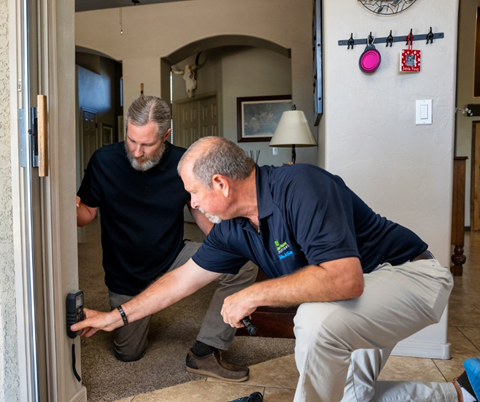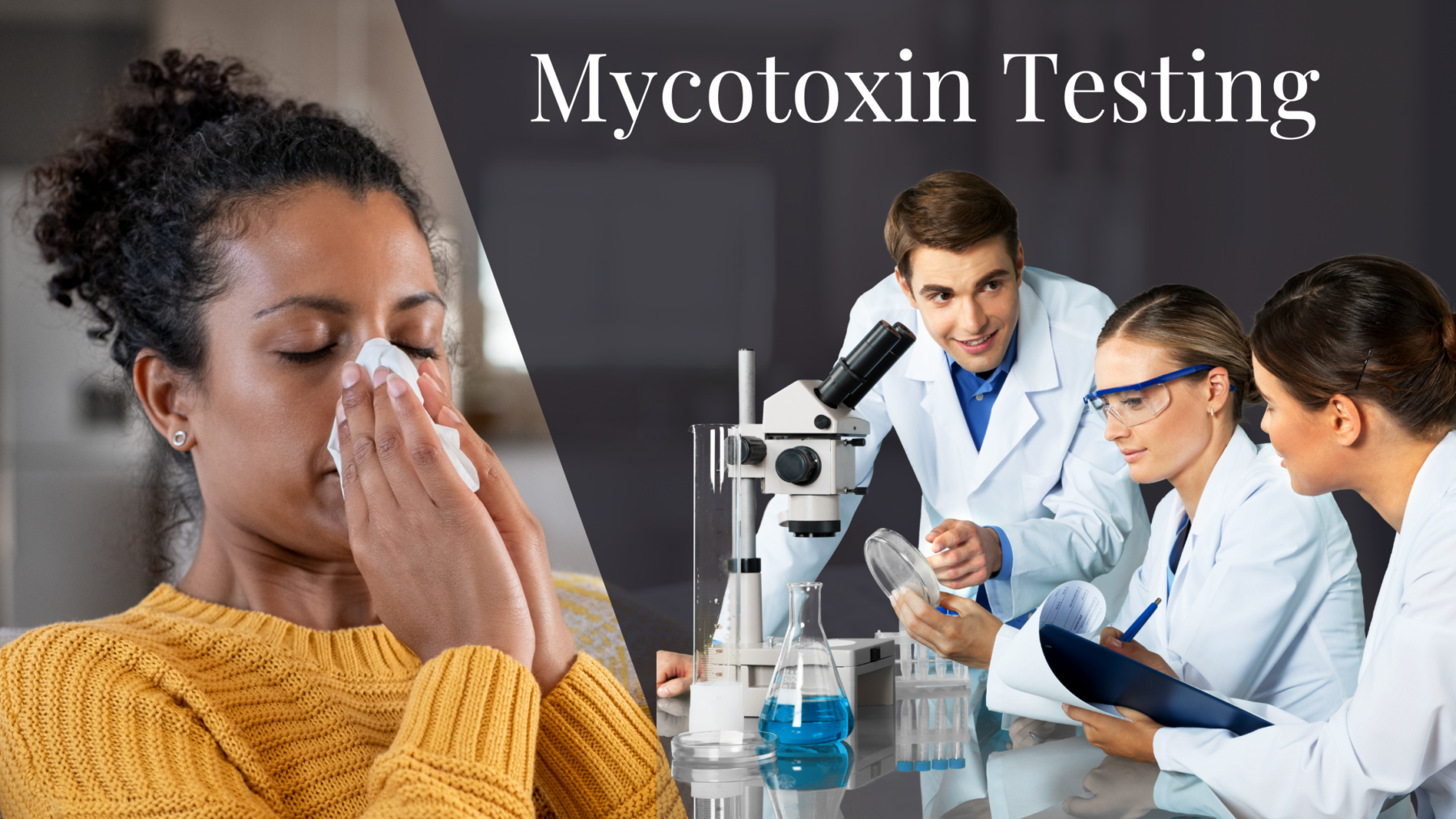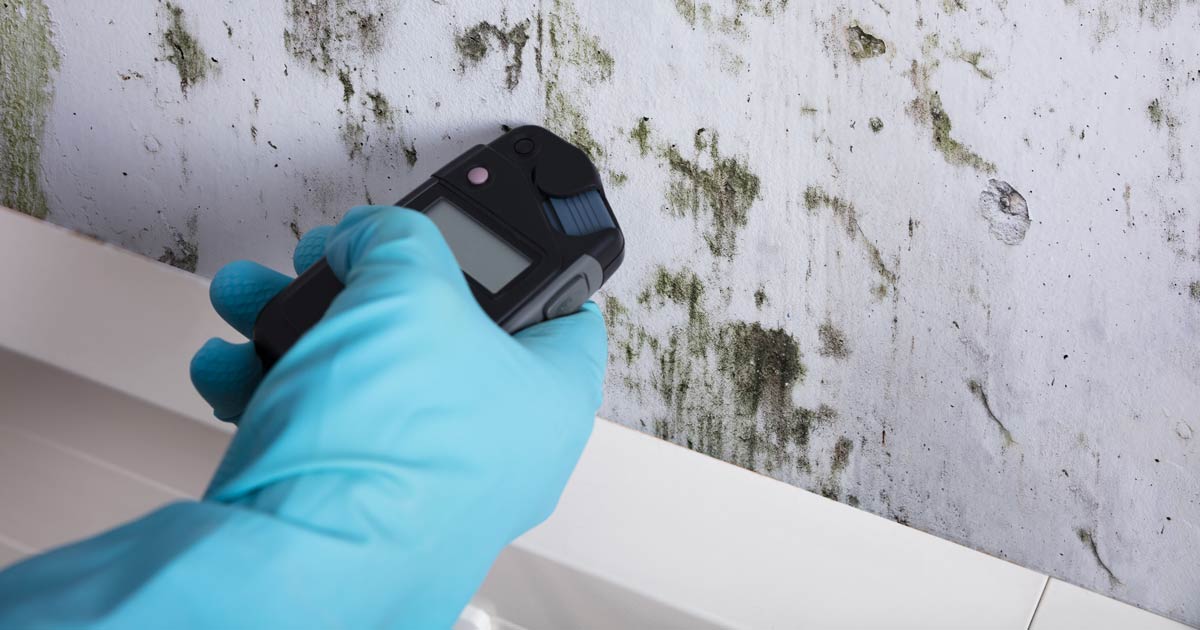Mycotoxin testing Services: A Trick Element in Danger Administration Techniques
Mycotoxin testing Services: A Trick Element in Danger Administration Techniques
Blog Article
How Mycotoxin Testing Assists Protect Against Contamination and Protect Food Materials

Mycotoxin screening is an important technique in the food market, offering as a frontline defense versus contamination by harmful toxic substances generated by mold and mildews. Through the application of advanced strategies like High-Performance Liquid Chromatography (HPLC) and Liquid Chromatography-Mass Spectrometry (LC-MS), food producers can properly evaluate and spot mycotoxin degrees in farming items.
Understanding Mycotoxins
Comprehending mycotoxins starts with recognizing that they are toxic secondary metabolites produced by specific molds, which can contaminate agricultural products. These metabolites are not important for the growth or reproduction of the fungis yet can have extreme effects for animal and human wellness. Mycotoxins are generally located in staple plants such as corn, wheat, barley, and nuts, where they can proliferate under specific problems of dampness and temperature.
There are several types of mycotoxins, each produced by various fungal types. Fusarium species generate trichothecenes and fumonisins, both of which are connected with different severe and chronic health issues.

Threats of Mycotoxin Contamination
The threats of mycotoxin contamination are complex, posturing substantial dangers to both food security and public wellness. Mycotoxins, hazardous compounds produced by particular types of fungis, can infect a large array of farming products consisting of cereals, nuts, spices, dried fruits, and coffee.
Economic influences are an additional major concern. Infected crops can result in substantial financial losses for farmers and food producers due to reduced yields and the need for expensive decontamination actions. Additionally, worldwide profession can be substantially prevented as countries implement rigorous mycotoxin guidelines to protect their populaces, leading to turned down deliveries and strained trade relationships.
Environmental variables such as environment modification exacerbate the danger of mycotoxin contamination. Variants in temperature and humidity can produce desirable conditions for fungal growth, increasing the possibility of contamination occasions. Thus, understanding and reducing these threats are essential for guaranteeing the safety and integrity of international food products.
Approaches of Mycotoxin Examining
Properly determining mycotoxin contamination in agricultural products is crucial for guarding public wellness and preserving food security criteria. Numerous approaches are used to find and evaluate mycotoxins, each offering details benefits and restrictions.
High-Performance Fluid Chromatography (HPLC) is an extensively utilized method as a result of its high level of sensitivity and accuracy. It involves dividing mycotoxins from various other substances in a sample, making it possible for exact metrology. Liquid Chromatography-Mass Spectrometry (LC-MS) integrates liquid chromatography with mass spectrometry to supply thorough molecular details, making it especially helpful for recognizing numerous mycotoxins concurrently.

Gas Chromatography-Mass Spectrometry (GC-MS) and Thin-Layer Chromatography (TLC) are also utilized, each with special applications. GC-MS is effective for unstable mycotoxins, while tender loving care provides a less complex, affordable choice for preliminary testing.
Advantages of Routine Examining
Normal testing for mycotoxins in farming products offers various benefits, significantly adding to public health and food security. By determining contamination early, routine testing helps avoid the circulation of poisonous foods, thus minimizing the danger of mycotoxin-related diseases amongst customers. This aggressive technique not just safeguards human wellness yet also enhances the overall top quality of food supplies.
Different nations and regions have actually established rigorous limitations for mycotoxin levels in food and feed. Adhering to these limits with normal testing makes certain that suppliers and producers fulfill lawful criteria, thereby staying clear of charges and trade barriers.
Furthermore, normal mycotoxin screening can cause significant financial advantages. Early detection of contamination enables timely treatment, reducing potential losses from widespread contamination. Executing routine testing procedures can likewise decrease recall costs and related liabilities, which can be economically ravaging.
Furthermore, regular screening provides valuable data that can inform much better farming methods and storage space problems. By comprehending patterns of contamination, manufacturers can take on preventative actions, consequently contributing and decreasing future dangers to the sustainability of the food supply chain.
Carrying Out Checking Procedures
Carrying out effective mycotoxin screening procedures is essential for guaranteeing the Clicking Here safety and high quality of agricultural items. Each phase needs to be looked at to identify where mycotoxin contamination is most likely to take place.
When crucial control factors are identified, selecting suitable testing approaches is essential. Common methods consist of enzyme-linked immunosorbent assay (ELISA), high-performance liquid chromatography (HPLC), and mass spectrometry (MS) Each technique has its toughness and weaknesses; thus, picking the right one depends upon the specific mycotoxin being examined, the needed sensitivity, and available resources.

Lastly, integrating the screening methods right into a detailed food safety and security administration system is a good idea. This enhances traceability and enables quick restorative activities when contamination is detected, thus protecting the stability of the food supply chain.
Conclusion
Mycotoxin screening is crucial in protecting against contamination and safeguarding food supplies by enabling early detection of damaging toxic substances generated by mold and mildews in farming products. Routine testing enhances brand name online reputation, financial stability, and trust in food safety by minimizing contamination-related losses and maintaining high standards in food production.
Mycotoxin testing is an important method in the food market, serving as a frontline defense against contamination by harmful toxins produced by mold and mildews. An incorporated technique including agricultural practices, storage monitoring, and normal screening can reduce the risks associated with mycotoxin contamination, ensuring food safety and security and public wellness.
The dangers of mycotoxin contamination are diverse, positioning significant hazards to both food safety and security and public health and wellness.Regular screening for mycotoxins in farming products supplies countless benefits, substantially contributing to public wellness and food safety and security.Mycotoxin testing is important in protecting best site against contamination and guarding food materials by enabling very early detection of hazardous contaminants created by mold and mildews in farming products.
Report this page